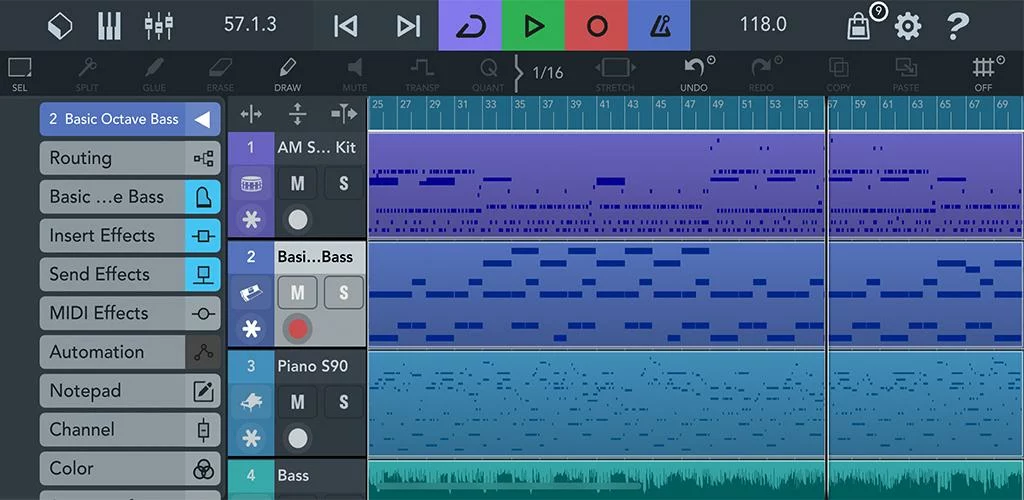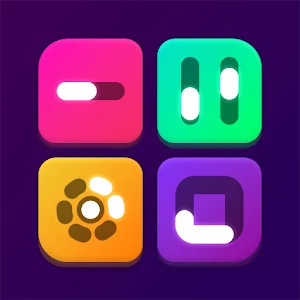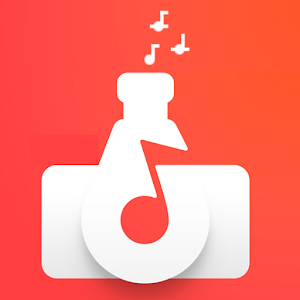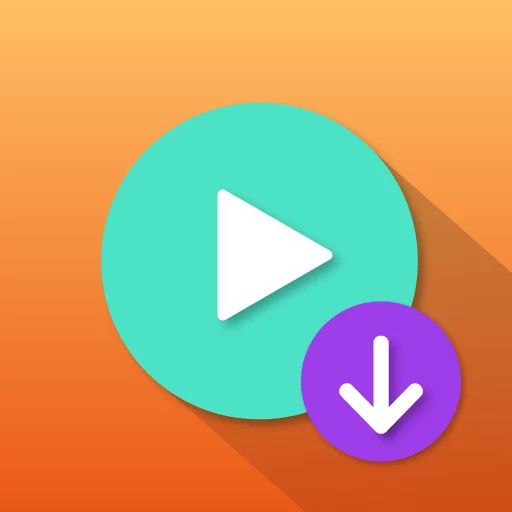
Introduction
The core function of Cubasis 3 is to allow users to produce outstanding music using the application’s built-in supporting components. With the built-in keyboard and launchpad, users may jot down thoughts and noises they’ve just had in their minds without having to connect to any other devices. In order to improve the stability and smoothness of the sound, they will also need to use either manual or automated editing tools after filling in the various layers. Users will undoubtedly always have access to the final product since anybody may gladly own it.
Features
- has an infinite quantity of MIDI and audio tracks
- 32-bit floating-point audio engine
- Audio resolution for input and output up to 24 bits/48 kHz
- Zplane élastique for time stretching and live step change 3.
- 126 ready-to-use presets are included with the Micrologue virtual analog synthesizer.
- MicroSonic offers more than 120 virtual sound effects, ranging from a drum kit to an acoustic piano.
- 20 factory instruments are included in MiniSampler, a tool for making custom instruments.
- Mixer includes 17 effects processors and studio-quality channel strips for every track
- Master Strip plugin library including amazing effects
- Spin FX is a DJ plugin that is fully automated.
- More than 550 MIDI audio loops, including ones that may be timestretched
- An interactive user interface with a virtual keyboard, chords, and drum pad allows for note repetition.
- MIDI CC compatibility for both audio and MIDI editors
- MIDI editor for quickly and effectively programming and modifying MIDI music
- MIDI auto-quantization
- Capacity to duplicate music
- allows for program switching, automation, MIDI CC, and aftertouch
- Hardware with MIDI and audio compatibility
- MIDI clock and MIDI via support
- Export to Dropbox, external hard drives, wireless flash drives, Google Drive, Cubase, and more
- Its user interface is very similar to those of well-known computer DAWs, making the transition to the application simple.
- You have a whole composing studio in your hands with all the standard tools found in sophisticated DAWs.
- The ability to combine many songs and add a unique effect to each one of them
- Full Screen Mixer: You can easily expand the mixer’s capacity and do much more.
- To make more accurate changes, the capability to zoom in both vertically and horizontally on cracks
- 960 PPQN MIDI resolution: The maximum degree of accuracy in MIDI sound editing
- Features 8 Inserts and 8 Send Effects: Use adaptable effects to produce amazing-sounding tunes.
- Reset FX: Easily move plugins before or after and reset them.
- Pro-Grade Effects Presets: Use the high-quality presets to produce songs.
- Undo using History List: Edit your work quickly by going back to earlier iterations of your music.
- New automation, MIDI, and audio editors have greatly increased the efficiency of file editing.
- Redesigned MediaBay: Your brand-new project and file management hub
- Ready-to-scale user interface settings for tablets and smartphones: Scale Cubasis layouts quickly
- Select the ideal recording mode for your recordings using the overdub and looper options.
- MicroSonic Instrument Fill: Use fresh, fantastic-sounding instruments to express your creativity.
- When using the software, you won’t experience any delays or crashes because of its very high level of stability.
Complete With A Production Studio And Daw
Cubasis 3 offers a wide range of sophisticated capabilities that are appropriate for professionals with prior knowledge in the industry, enabling users to produce stunning beats. When customers become weary of hearing about their product, they can effortlessly integrate all they have to produce a finished offering that honors their hard work. All of the application’s features will simultaneously identify a portion of the audio product and need time to modify. Put differently, consumers will switch between different features.
Amazing audio manipulation and editing
Any editing program will need you to combine various elements into a single rhythm, but Cubasis 3 notably requires this. The program has many levels that users will view. Add a rhythm you’ve created for a certain instrument to a layer. The next task is to simply assist in bringing the layers together to produce pleasing musical waves. Furthermore, remember that this is just a raw material; it is your responsibility to refine it to a brighter state.
Secondary Mixing And Impact
The user’s next task after importing the sound into Cubasis 3 is to modify the sound level. Because there are so many things you may change, this task also takes a lot of time. More specifically, you want to try raising your voice level when it’s overpowered by the rhythm and you can hear your voice more clearly. A song must, of course, have both sound and vocals, so it’s critical to strike the right balance between the two. Specifically, following these fundamental elements, you may also effortlessly modify the specifics of the song’s audio chart.
A Growing Studio Ecosystem
What should you do if, as someone who can work anywhere, you suddenly have an idea? The simplest solution is to use the pad capabilities that the program allows to save it right away. Do not hesitate to attempt these melodies on the accessible keyboards if you are able to write down and remember them. After they’ve been imported, you may easily add more layers and listen to them again. In addition to creating primary melody, users can also produce rhythm sounds using the launch pad.
Cross-Platform Daw
When you look at them, you can easily adjust every part of the music, including the volume and timbre. Using automation functions throughout the editing process is when the program can help you the most effectively. In other words, the components are adjusted simultaneously, and your task is to listen back and make any necessary adjustments. This saves you a ton of time and gets you a final product that you can be happy with in no time.












